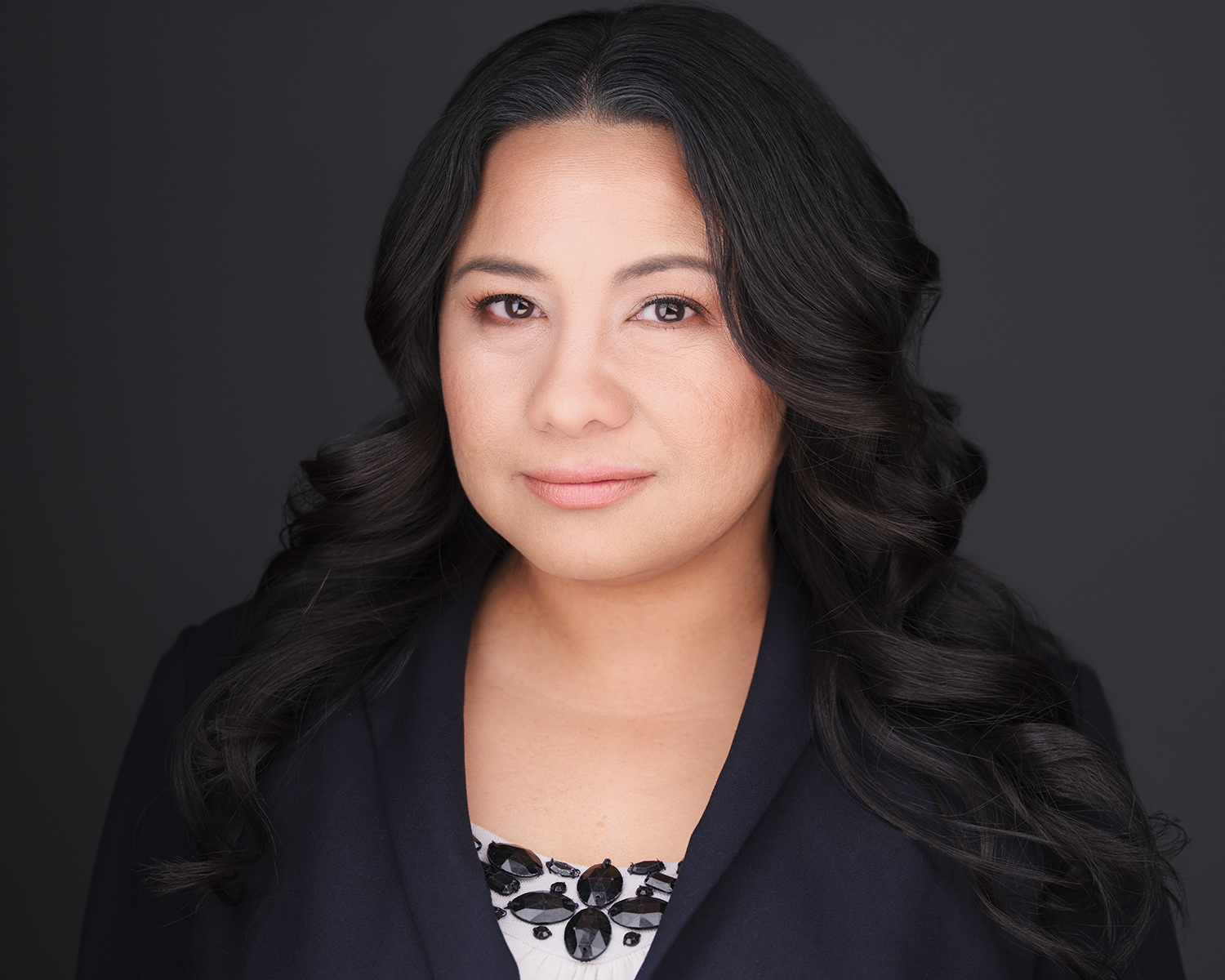Tips for Encouraging Self-Awareness and Self-Confidence in Special Education Classrooms Through the Arts
Category: Article
Jul
11
 The link to the recording of Joahna Tupas' webinar “Encouraging Self-Awareness and Self-Confidence in Special Education Classrooms Through the Arts” can be found under Webinar Recordings.
The link to the recording of Joahna Tupas' webinar “Encouraging Self-Awareness and Self-Confidence in Special Education Classrooms Through the Arts” can be found under Webinar Recordings.
Big Ideas
- When we want to impart a complex subject matter to our students, it is best to relay it to them through their language, which is through play, art, song, dance, and other activities. This will engage their five senses, and therefore exercise muscle memory, which allows their unique being to process and embody the subject matter naturally and with intention.
- Harnessing self-awareness within students is essential to their growth, and thus, promotes their ability to assimilate random concepts that come through their five senses at every moment. In lieu, we have to approach students with an understanding of what they are feeling, thinking, and doing in relation to their actual environment in real time;
- By being self-aware, students will have a firmer grasp of behaving appropriately in a social setting, from the values that have been inspired within them by their educators at home and at school. In this way, they will be able to learn to self-regulate and navigate their way in the world outside of their own harmoniously;
- Supporting their unique personality comes with helping students manage their unique behaviors by giving them options, enquiring about their feelings, needs, desires, and next course of actions, and by giving them boundaries that would allow them to exercise their will and freedom to be creative and independent in their thought, words, and actions;
- Ultimately, our students should arouse the confidence they need in order to face life’s circumstances through the consistent support and education that we consciously and intentionally cultivate within them.
Strategies for Integrating Arts into IEP Standard-Based Curriculum
- We must first provide a learning environment that is conducive for our students’ creativity in a safe, supportive, and sanitary setting;
- Create routines that are easy and certain to follow, as they bring about harmony in relationships and efficiency in assimilating information and processing ideas for both teacher and students;
- Inspire students to express themselves, their thoughts, and ideas through art, gradually engaging their interest to explore different media in order to activate their learning essential skills, like fine motor skills;
- Help students develop self-regulation by giving them the time and space to connect with their unique being and to process their feelings, thoughts and actions, as well as by giving them the tools and support that they need to determine their responses to stimuli and realize their next course of action;
- Develop a clear and detailed Present Levels of Academic Achievement and Functional Performance (PLAAFP) statement to serve as the cornerstone of their IEP;
- Identify the most critical aspects that assists in the student’s skills and independence;
- Base your teaching approach on the student’s unique skills and traits; Be aware of their social skills that may hinder their confidence growth in a group or social setting;
- Encourage them to exercise a craft that is fun and functional at home or in their community. This will usher them towards self-confidence and self-empowerment.
- Give yourself a checklist, noting down essential elements for the student’s growth, i.e., useful reinforcements, time of progress, challenging behaviors, description of results, etc.
- Think and be SMART (Specific, Measurable, Achievable, Results, Time) when guiding students in their self-quest through art;
- Remember to make a self-inquiry on your student’s progress, whether or not they can participate like their peers, and if not, can they do the same activity with adapted materials or with adult assistance, be it intermittent or direct. This will help you determine the necessary accommodations and modifications for your student.
- As an educator, you must always remember to look inward first. Be conscious of your own thoughts, feelings, and behavior every time you relate with them, as they mirror you.
Strategies in Engaging Paraprofessionals in Art-Infused Activities
- Train paraprofessionals to target IEP goals by providing them with a series of tasks: firstly with constructive instructions; secondly with the kind of behavior that they should extend to Individualized Education learners; thirdly, with the appropriate form of language; and lastly, by training them to be present, attentive, and compassionate to the unique needs of the children;
- Work as a team, plan together, and develop tools that you will be effective in teaching your students;
- Express your appreciation and acknowledgement for the helpful contributions by the members of your team;
- Have an open dialogue at all times with your paraprofessionals and ensure that you are all aligned with the goals needed for each student;
- Always incorporate the IEP goals into every activity.
Share this post:
